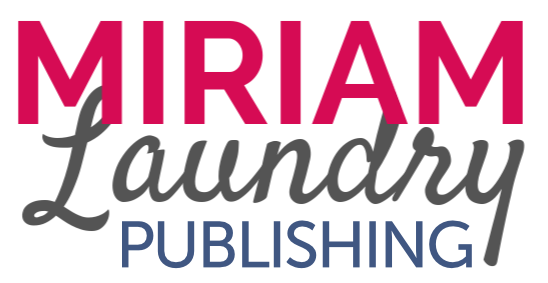Writing is a creative flow that shouldn’t be interrupted by editing. When you are writing, you should be focused solely on getting your ideas inside your mind onto paper. Editing comes after your first draft is complete.
Think of writing like building a house. You lay the foundation, frame the walls, and build the roof. You can picture the final outcome of your house, even imagine yourself living in it, but it’s not quite ready yet. Editing, on the other hand, is like designing a house. You choose paint colors, install beautiful flooring, add your favorite décor, and arrange the furniture. It’s not until you build the foundation that you can add the finishing touches. The same process holds true for writing and editing.
Moral of the story—if you try to decorate a room before it's fully built, you’ll slow down the entire process. (Just imagine moving furniture around when you’re trying to install drywall. Yikes!) Get the foundation written and then add the finishing touches.
The Editing Mindset
Now that you understand the foundational writing phase comes first, it’s time to learn how to put on your editing hat. This step is a little different from writing, and while you might be thinking, “I’m not an editor”, let me assure you—you’re more than capable of tackling this phase. Here’s how to shift from a writing mindset into an editing frame of mind:
1. Keep an Open Mind
Editing is about enhancing your story, but that’s not always easy. It’s natural to feel defensive or biased about something you’ve created—it’s your art, after all. However, editing is simply an opportunity to sharpen the intent of an already great story. When reviewing your own work or receiving feedback, stay open and adaptable. Often, a small tweak or a rephrased sentence can make all the difference.
2. Be in a Calm, Receptive Headspace
Editing requires focus and patience. When you are writing your draft, you are focused on getting your thoughts to paper. Now, it’s time to take a step back and refine. When you’re ready to edit, choose a time when you’re feeling clear-headed and unhurried.
After finishing your draft, take a break to reset. When you come back to it, you’ll have a refreshed perspective. Editing is not something you want to rush through. Find a time when you can settle into your favorite environment, perhaps with your go-to drink, and approach the process thoughtfully. While it’s not necessary, it can certainly make the process more enjoyable.
3. Give Yourself Time to Process Feedback
We’ve all received feedback at some point in our lives—whether it be from teachers, parents, or employers. While positive feedback is uplifting, how does one handle feedback that may seem harsh or confusing at first glance? This is when you take the time to fully process and sit with the suggestions before reacting.
During this reflection, ask yourself why the feedback was given and consider how it could improve your story. Be selective about who you share your draft with—choose individuals who will offer constructive criticism and insightful perspectives. Remember, edits are designed to elevate your story, not tear it down. By processing feedback with thoughtful reflection, you’ll be able to make the best decisions for your story.
4. Accept That Your Story Must Be Handed Off Eventually
Ah, perfectionism. It has its way of sneaking into the creative process. After all, every writer wants their story to be perfect and loved by every reader. Caring deeply about your story is a good thing, but getting too caught up in perfection can stall your progress. This can easily become one of the hardest parts of writing—knowing when to stop tweaking and start trusting.
If you find that you are over-editing, it’s most likely time for a second pair of eyes. As hard as it may be, there comes a point when you need to declare your book "finished", let it go, and send it off to editors or publishers. Embrace this stage—it’s not the end, but a crucial step in bringing your story to its fullest potential.
Have you finished your first draft? If you are ready to master the editing process for your children’s book, then it’s time to go through the Editing Checklist.
Pre-Edit & Save on Your Budget:
Editing Checklist for Children's Books
You CAN successfully self-edit. Follow each step of the editing checklist, and once you’ve done your part, it’s time to hand it off to the experts. By embracing this mindset and applying these tips, you’ll be one step closer to publishing your book.
FAQs
What Mindset Is Essential for Effectively Proofreading and Editing a Children’s Book?
It is important to keep an open mind, be in a calm, receptive headspace, and give yourself time to process feedback. Towards the end of editing, accept that there is no such thing as a perfect manuscript and it must be handed off to editors or publishers eventually.
What Is the Difference Between Writing and Editing?
Writing is free-flowing and should not be hindered in any way. We shouldn’t think about editing at all while writing. It’s only once the draft is complete and the words are on paper that we should start editing.
Should I Self-Edit Before Hiring a Professional?
Yes, self-editing before hiring a professional is highly recommended. Just as you would rinse and scrub a dish before running it through the dishwasher, you should perform an initial edit on your manuscript before sending it to a professional editor.
Make sure to grab your free copy of the Editing Checklist to know exactly what to review, how to approach each step, and what to focus on for a polished manuscript.
